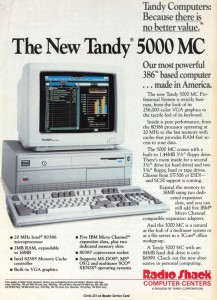Archive for 2024
Commercial Computer Mouse Introduced
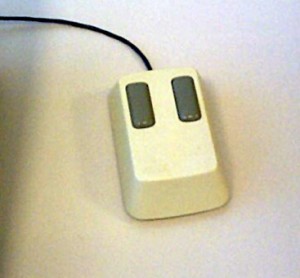
Xerox introduces the Xerox 8010 Star Information System, the first commercial system utilizing a computer mouse, among other now commonplace technologies. The 8010 was geared towards business and was not a commercial success, therefore the mouse remained in relative obscurity until the Apple Lisa, but more prominently the Apple Macintosh, brought the mouse into the mainstream.
Buried E.T. Cartridges Discovered by Archeologists
As part of the filming of the documentary, Atari: Game Over, a team of archaeologists at a landfill in Alamogordo, New Mexico uncover the site of an estimated 700,000 Atari 2600 cartridges buried in 1983, including copies of E.T. the Extra-Terrestrial, one of the most famous commercial failures in video game history. Since 1983 when it was first reported that Atari had dumped excess copies of unsold cartridges, the event had become a type of urban legend, with the details of the games, other equipment, and quantities dumped varying according to who was telling the story. It also became a symbolic event of the video game crash of 1983, where home video game revenues fell by nearly 97% over two years. It was commonly believed that millions of copies of E.T. were buried, although it was claimed by a former Atari official during the excavation that the number was only 728,000 cartridges of various games.
It was reported that only about 1100 cartridges were uncovered as the majority were buried deeper than expected. Games found in the recovery included Yars’ Revenge, Star Raiders, Pac-Man, Space Invaders, Defender, Warlords, Centipede, and yes E.T.
As an 8 or 9 year old kid, I actually really liked the E.T. game! I remember the agony of not being able to win and having E.T. die or be captured, and the thrill of completing the game and sending E.T. home. In fact, I still have my original cartridge as well as my original Atari 2600.
Chernobyl Virus Melts Down PCs
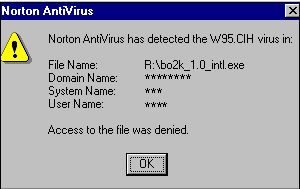
The first known virus to target the flash BIOS of a PC, the CIH/Chernobyl Virus triggers its payload on this day, erasing hard drives and disabling PCs primarily in Asia and Europe. One of the most destructive viruses in history, it is estimated that 60 billion PCs were infected worldwide causing $1 Billion in damages.
The virus had been created exactly one year earlier on April 26, 1998 by Taiwanese student Chen Ing-hau and set to trigger its destructive payload exactly one year later. It began to spread in the wild and was first discovered in June of 1998, given the name CIH due to the author’s initials discovered in the virus code. From this time forward it was reported that a variety of companies accidentally distributed the virus through various downloads, updates, and CDs. When the virus triggered on this date it just happened to coincide with the date of the Chernobyl disaster in 1986 and therefore the press began to call it the Chernobyl virus, even though there has never been any evidence to show that this date was chosen intentionally for this reason.
Do You Yahoo?
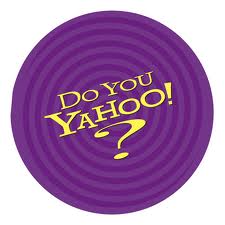
Yahoo! begins advertising its web-based search service on national television, featuring the tag line “Do You Yahoo?”. The ads first air during Late Night with David Letterman, Saturday Night Live, and Star Trek. This was a very early example of the Internet entering into the mainstream.
Hubble Deployed
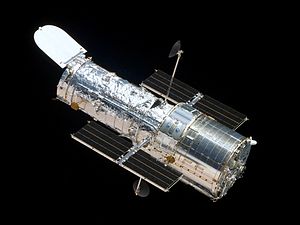
The crew of the Space Shuttle Discovery deploys the $2.5 billion Hubble Space Telescope. There will be initial difficulties caused by a flaw in the design of the telescope’s main mirror. Image correction software will keep the telescope useful until corrective optics are installed December of 1993.
A Crazy Day for Apple
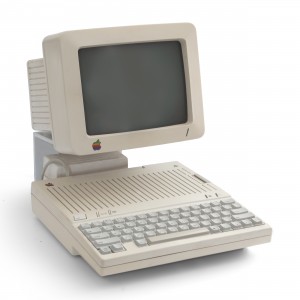
On the same day in 1984, Apple introduces the Apple IIc computer, announces Mac sales numbers, and discontinues the Apple III line.
The Apple IIc was Apple’s first attempt at a portable computer. Dealers place orders for more than 52,000 units on the first day. Apple also announces that over 60,000 Macs have been sold since their introduction in January that year. In contrast, the Apple III line only sold an estimated 120,000 units in the four years since it was introduced, losing Apple about $60 million dollars.
First YouTube Video

The first video uploaded to YouTube, “Me at the zoo,” is posted on April 23, 2005 at 8:27 PM by co-founder Jawed Karim. For now being a piece of history, the video is actually pretty dumb.
Note to future entrepreneurs: what you do may be for posterity. Choose wisely.
Mosaic 1.0
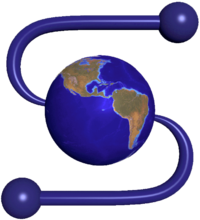
Version 1.0 of the web browser Mosaic is released by the National Center for Supercomputing Applications. It’s the first software to provide a graphical user interface for the emerging World Wide Web, including the ability to display inline graphics. The lead Mosaic developer is Marc Andreesen, one of the future founders of Netscape.
My first experience with the World Wide Web was in 1993 using Mosaic on a Mac in my dorm’s computer lab. I had no idea what I had discovered until a few months later.
IBM Licenses PC Patents
The Tandy Corporation holds a press conference to announce plans to build clones of IBM’s PS/2 system computers. The conference comes soon after IBM’s announcement that it would license patents on key PC technologies. IBM made this decision as they realized they were losing control of the “IBM-compatible” PC market and could make more money licensing the technologies. Within five years, IBM clones will become more popular than the original IBM machines themselves. Eventually IBM would leave the PC manufacturing business altogether, selling their PC division to Lenovo in 2005.
Windows 98 is Plug and … Whoa?
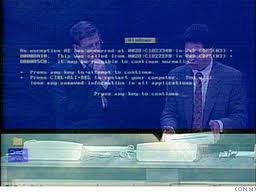
During the COMDEX Spring ’98 and Windows World shows in Chicago, a public demonstration of the soon-to-be released Windows 98 goes awry when Bill Gates’ assistant causes the operating system to crash after plugging in a scanner. Instead of showing the plug-and-play capabilities they were trying to demonstrate, a “Blue Screen of Death” is visible by the entire audience which immediately erupts in laughter. After several seconds, Bill Gates famously responded, “That must be why we’re not shipping Windows 98 yet.”
Ironically, the assistant, Chris Capossela, has moved up the executive ranks at Microsoft, all the way to Executive VP and Chief Marketing Officer. For Microsoft’s sake, hopefully he’ll present a much better marketing image then he did that fateful day!


